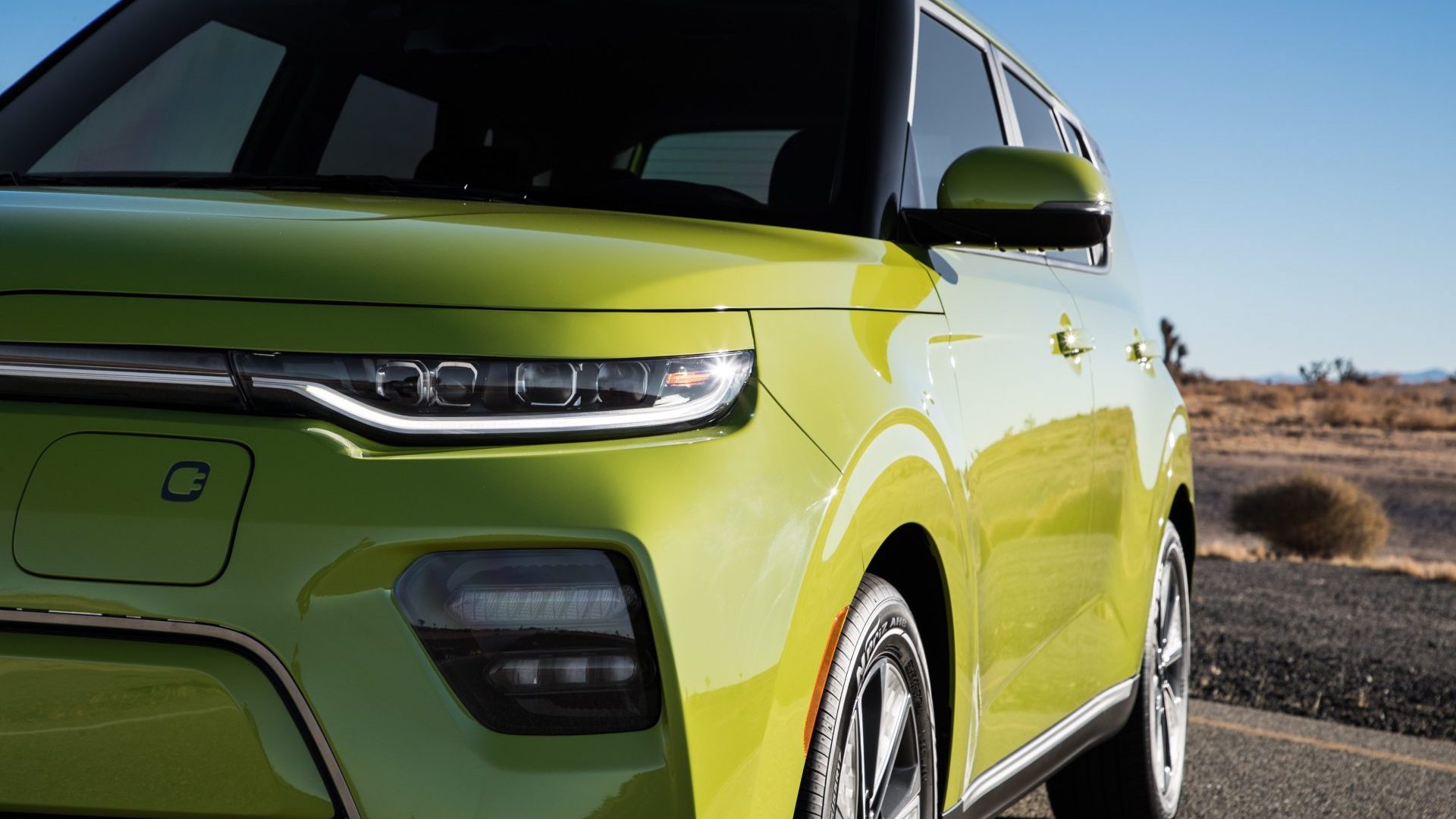

With the future of transportation looking more every day like it’ll be electric, automakers are rapidly developing and promoting battery-powered vehicles. It’s a major theme of the 2018 Los Angeles Auto Show, where the better part of a dozen automakers have shown up with their own electrified vehicles, running the gamut of vehicles utilizing hybrid power for the first time to those built for batteries from the ground up.
Electrified vehicles from day one spanned everything from commercial vehicles to grand touring cars, and while concept vehicles make up a fair portion of day two’s offerings, three of the five vehicles on today’s list are destined for availability to the masses—soon.
Toyota Corolla Hybrid

The Toyota Corolla turns 53 in 2019, and that’s precisely when it will get its first hybrid variant, announced in L.A. Coming in spring of next year, the 2019 Toyota Corolla Hybrid will sail itself an estimated 50 miles per gallon of fuel burned, encroaching on the territory of its hybrid sibling, the Prius. Unfortunately, this will only be true for the sedan version of the Corolla; Toyota confirmed to The Drive that its attractive hatchback fraternal twin won’t be available as a hybrid for the 2019 model year.
Toyota Prius AWD-e

In another slightly surprising first, the Toyota Prius will also adopt a new drivetrain component: all-wheel-drive. Called the AWD-e, this Prius has the standard combination of internal combustion and an electric motor up front, but out back it can now have an AC induction motor, providing propulsion up to 43 mph, but usually just to 6 mph or in poor road conditions. Toyota can’t let the Corolla Hybrid compare too favorably, though, and has ensured the Prius AWD-e also scores an estimated 50 mpg combined.
BMW iNext Vision Concept

BMW’s iNext concept crossover exists as more than a render, but won’t make production until at least 2021. It’ll be approximately the size of an X5 and BMW will undoubtedly refer to it as a “sports activity vehicle,” which is the corporate jargonese way of saying crossover. Underneath will be a variation of electric drivetrains whose specification will be as extreme as a 120 kilowatt-hour (kwh) battery pack, feeding electric motors that make 800 all-wheel horsepower, capable of humming the iNext as far as 435 miles per charge.
Mitsubishi e-Evolution Concept

Mitsubishi’s e-Evolution conceptual electric crossover may date from 2017, but Mitsubishi brought the handsome brute back to LA in 2018 to reiterate its intent to become a mainstream automaker in the United States once again. The electric performance crossover is said to utilize all-wheel-drive and electric brake vectoring for sharp handling befitting of the Evolution name, which Mitsubishi fans associate with the discontinued but beloved Lancer Evolution sports sedan. Mitsubishi may want the public to accept this crossover as its successor, to which we say good luck.
Kia Soul EV

As with Kia’s electric Niro crossover, we expect nobody will talk about this vehicle until it’s almost old news. Much of the automotive press took months to notice that the Kia Niro EV had both stellar range for its price point, but also one of the most efficient EV drivetrains in the world. Kia’s third-generation Soul in EV guise uses a suspiciously similar drivetrain; both use 64-kwh batteries, both have motors mounted to the front axle, and both make 201 horsepower and 291 pound-feet of torque.
In the Niro EV, this drivetrain is good for 301 miles of range on the conservative WLTP testing protocol, but in the smaller, light Soul EV, it should be good for still more. The Korean automaker will deploy its diminutive, yet potent EV for the 2020 model year, possibly in late 2019. When it does, it’ll be among—if not the—most efficient of the electric vehicles on sale, and it’ll speak volumes about where Kia’s EV powertrain tech is relative to the competition.